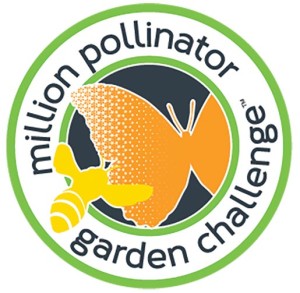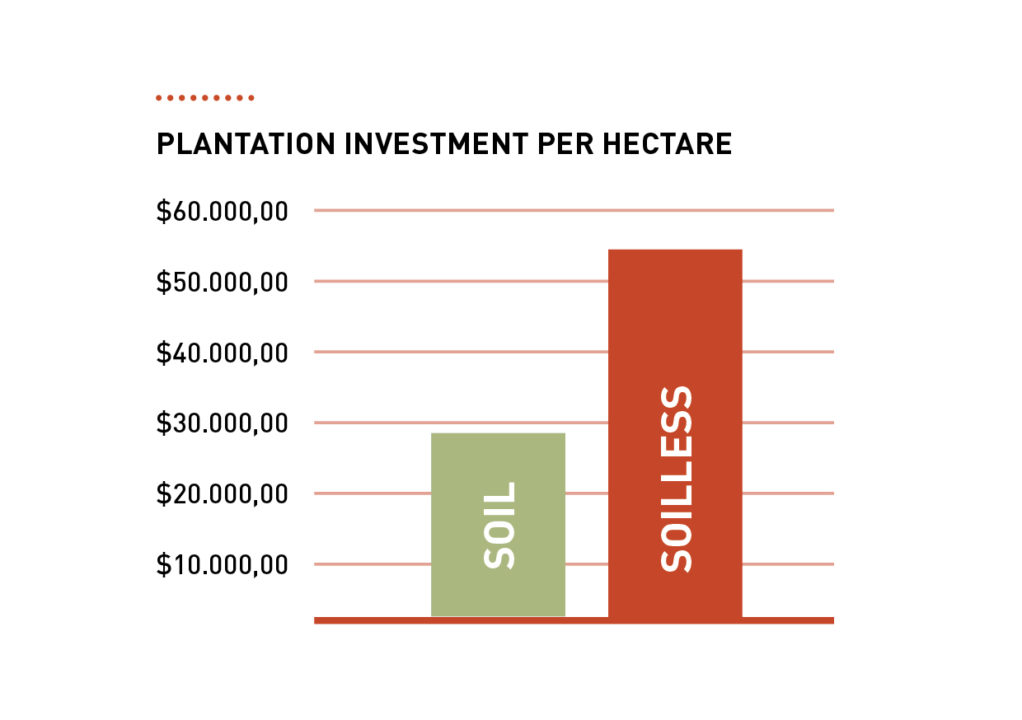Pollinator Update: Regulators And Retailers Are Influencing Pollinator Policy
 Pollinators are continually on our minds as we move forward into another spring season, this time with a few new challenges to fulfill: Growing for the new standards set forth by our retail customers in response to consumer concern about our bee, bird, and butterfly friends, and helping supply plants for the Million Pollinator Garden Challenge.
Pollinators are continually on our minds as we move forward into another spring season, this time with a few new challenges to fulfill: Growing for the new standards set forth by our retail customers in response to consumer concern about our bee, bird, and butterfly friends, and helping supply plants for the Million Pollinator Garden Challenge.
Meanwhile, we have to get used to a potential new reality as federal and state regulators sharpen their focus on the potential risks of neonicotinoids to fulfill the President’s pollinator strategy.
EPA’s First Neonicotinoid Assessment Indicates Potential Risks To Pollinators
The Environmental Protection Agency (EPA) is conducting preliminary risk assessments for four pesticides in the neonicotinoid class. Preliminary pollinator risk assessments for clothianidin, thiamethoxam, and dinotefuran, are scheduled to be released for public comment in December 2016. The first preliminary risk assessment, on imidicloprid, was released in January 2016.
EPA’s assessment, prepared in collaboration with California’s Department of Pesticide Regulation, indicates that imidacloprid potentially poses a risk to hives when the pesticide comes in contact with certain crops that attract pollinators.
It identified a residue level for imidacloprid of 25 parts per billion, setting a threshold above which effects on pollinator hives are likely to be seen, and at that level and below, effects are unlikely. These effects include decreases in pollinators, as well as less honey produced.
While the preliminary assessment focused only on honeybee impact from agricultural uses, a full ecological and human-health assessment will be released in December 2016, and is slated to include ornamental uses and a revised pollinator assessment, according to Jill Calabro, Research and Science Programs Director for AmericanHort.
EPA hosted a webinar in late February to discuss the preliminary assessment, and extended the public comment period until April 14, 2016. All comments are posted in the public docket online, where you can sign up for email alerts to be notified when the agency opens the public comment period for the pollinator-only risk assessment.
After the comment period ends, EPA may revise the pollinator assessment based on comments received and, if necessary, take action to reduce risks from the insecticide.
Although no regulatory changes have been made yet on imidicloprid, following the assessment, Calabro says state legislators across the U.S. aren’t waiting for EPA to consider the underlying science.
“Legislation to protect pollinators against neonicotinoids has been introduced in various states, such as Connecticut and Illinois,” she wrote in a recent AmericanHort Washington Impact article. “The Connecticut bill specifically addresses neonicotinoid dust from seed treatments, effectively makes all neonicotinoids restricted-use pesticides, and prohibits the labeling of plants treated with neonicotinoids as being beneficial to pollinators. Pending bills in Illinois would completely ban outdoor uses of neonicotinoids and on any lands owned or maintained by the state. Its language specifically targets ‘landscapes and ornamentals.’ Another state legislative battle is raging in Maryland.”
In addition to working with California, EPA coordinated efforts with Canada’s Pest Management Regulatory Agency. Canada’s imidacloprid pollinator-only assessment reaches the same preliminary conclusions as EPA’s report.
Retailers Are Doing Their Own Regulating
In December, The Home Depot quietly announced its plans to completely phase out the use of neonicotinoids on live goods by 2018. The large home improvement retailer stated that its live goods suppliers have reduced the number of plants that they treat with neonicotinoids, and now more than 80% of all flowering plants sold at The Home Depot are not treated with neonicotinoids. The retailer said it will continue this decrease unless:
1. Treatment is required by state or federal regulation, or
2. Undisputed science proves that the use of neonicotinoids on live goods does not have a lethal or sub-lethal effect on pollinators.
Meanwhile, The Home Depot has required all of its live goods suppliers to label plants that have been treated with neonicotinoids.
In 2015, Lowe’s Home Improvement announced it would require growers to phase out use of neonicotinoids by 2019. Several other large retailers have followed suit, while grower retailers and independent garden centers are also opting to provide pollinator-friendly plants.
In Greenhouse Grower’s 2016 State of the Industry survey, 73% of growers serving mass merchandisers and home improvement chains, and 58% of growers serving independent garden centers and their own retail shops reported they will not use neonicotinoids in production for the 2016 season.
 Growers And Retailers Get Help Promoting Pollinator Gardens
Growers And Retailers Get Help Promoting Pollinator Gardens
The National Pollinator Garden Network has been gearing up for a big push to promote the Million Pollinator Garden Challenge, an effort encouraging Americans to plant and register one million pollinator gardens by the end of 2016. According to the Challenge, these gardens can be anything from window boxes to expansive landscapes in urban, suburban, and rural areas.
In March, the Horticultural Research Institute revealed a new series of point-of-purchase (POP) materials that growers and retailers can use to encourage the sales and use of plants that support pollinators. The pollinator POP materials specifically lift up the message, “Help Us Plant One Million Gardens,” and show consumers where to register their garden through the Million Pollinator Garden Challenge online map. The POP materials are available for print-on-demand through Garden Center Marketing.
Visit the National Pollinator Garden Network website for tips on promoting pollinator-friendly plants, and view an AmericanHort webinar outlining one grower-retailer’s techniques for telling the pollinator story.
Best Plants For Pollinators
The Pollinator Partnership website’s ecoregional planting guides, Selecting Plants For Pollinators, are tailored to specific areas of the U.S.
Growers, retailers, consumers, and anyone who cares about protecting pollinators, can enter their zip code, and download a free pollinator-friendly planting guide for that area. The guides provide information on all pollinators within that ecoregion, their needs for food, water, and shelter, a full list of plants that will attract and shelter those pollinators, and a list of garden plants that are bee-pollinated.
The Xerces Society also provides pollinator-friendly plant lists, available to download in PDF format. The lists include recommended native plants that are highly attractive to pollinators that include native bees, honey bees, butterflies, moths, and hummingbirds, and are well-suited for small-scale plantings in gardens, on business and school campuses, in urban greenspaces, and in farm field borders.










